
What Surprises Dell
Research Has in Its Five-Year Product Plan
By
Chris Preimesberger | Posted
2015-04-17
For most of its
31-year existence, Dell was known for being a PC, server and storage
maker that could build devices to individual requirements and get them
shipped quickly and efficiently, and at scale. While the service model
itself was innovative, Dell let other companies lead the way in
innovating new versions of these devices. However, since late
2013—when the Round Rock, Texas-based company instituted its
Dell Research division—that's all
changed. Dell has morphed completely from a computer box maker into a
full-fledged enterprise IT solutions and services vendor. CEO Michael
Dell and other executives are now steering the company to be among the
leaders in everything from cloud computing and big data to mobility,
security and next-generation networking. Dell has steadily increased
its R&D, spending more than $1 billion in each of the last few years.
Jai Menon, a former longtime IBM executive, runs the new division,
which is based in Santa Clara, Calif. Menon recently allowed eWEEK to
see some of the new projects being developed there—things few people
would have dreamed Dell one day would be doing.
|
What Surprises Dell Research Has in
Its Five-Year Product Plan
By
Chris
Preimesberger
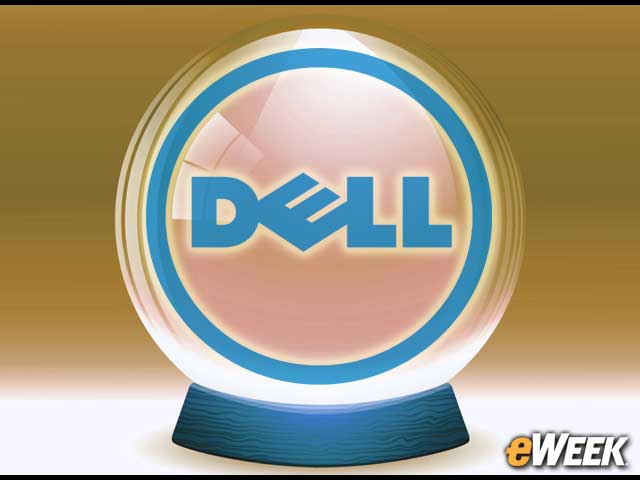 |
|
Dell Using a Hybrid Innovation
Strategy
Dell Research already
has a deep pool of talent and intellectual property from which to
pull in researching new products and services. The company also
augments its internal research with an extended external community
that includes university alliances, to leverage that wealth of
knowledge for the benefit of Dell's customers. With a team of
industry and technical experts, Dell Research is focused on
multiple R&D projects in five major areas: data and data insights;
Internet of things (IoT); mobility and next-generation UX;
next-generation infrastructure and cloud; and security.
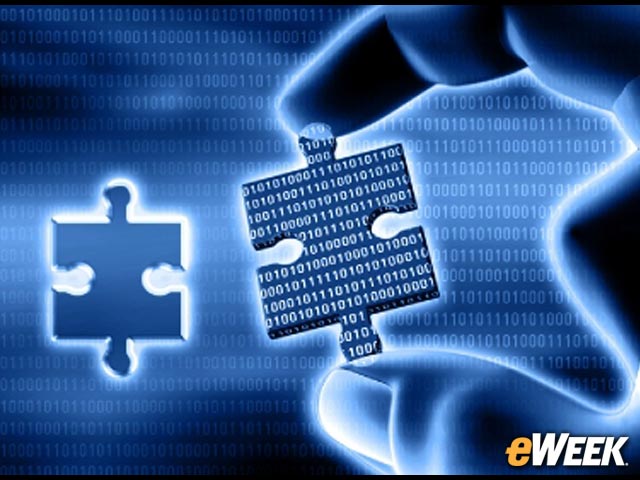 |
|
Jai Menon Running the Show
Previously at Dell,
Chief Research Officer Jai Menon served as chief technology
officer and vice president of the Enterprise Solutions Group.
Before joining Dell, Menon held various executive and research
positions in a 30-year career at IBM, including IBM Fellow; VP of
Technical Strategy; vice-chair of IBM Academy of Technology; VP of
Architecture and Strategy, Software and Storage; and co-director
of IBM's Storage Systems Institute.
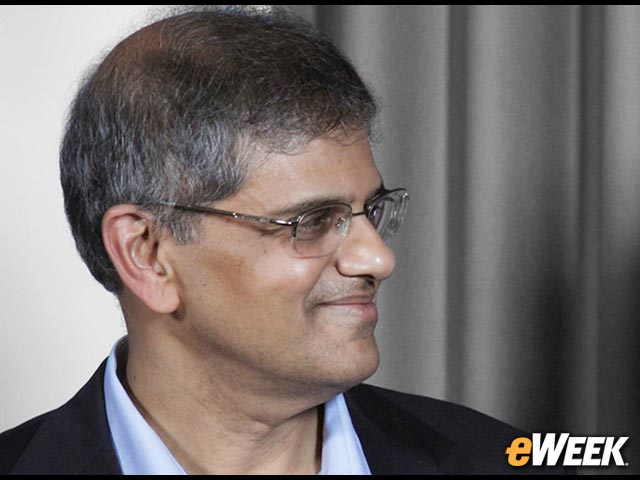 |
|
Mood Sensing and Determining User
Intent
Dell Research is
examining the relationships between users and their devices very
closely. For example, one project is exploring how to detect a
user's emotional state with sensors that track bio signals such as
heart rate, ECG, perspiration, etc., to then use that information
to drive even more useful services and better experiences for the
user. Use cases include gaming manufacturers, manufacturing or the
standard office workplace.
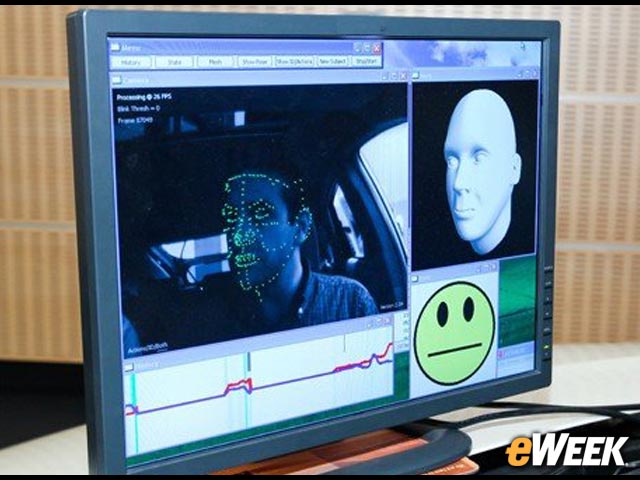 |
|
Continuous Authentication
Dell is increasing the
security of devices with continuous authentication, a process
based on personal gesture metrics. If someone steals your phone,
tablet or laptop, this security device will render the device
useless to the thief. With this software, the device will know
whether or not you, as the owner, are using it. It records a
user's touch, swipe styles and other characteristics so that when
someone new starts using it, it will recognize that swipes and tap
patterns are different from those of the owner, and the device
will shut itself off.
 |
|
Seamless Mobility
For voice, smartphones
now can move between the worlds of WiFi and cellular easily. They
can use one or the other, and even both at the same time. However,
this isn't the case for data. Dell is working on maximizing
connectivity of devices without interrupting applications when
moving around different environments via seamless mobility with
over-the-top roaming.
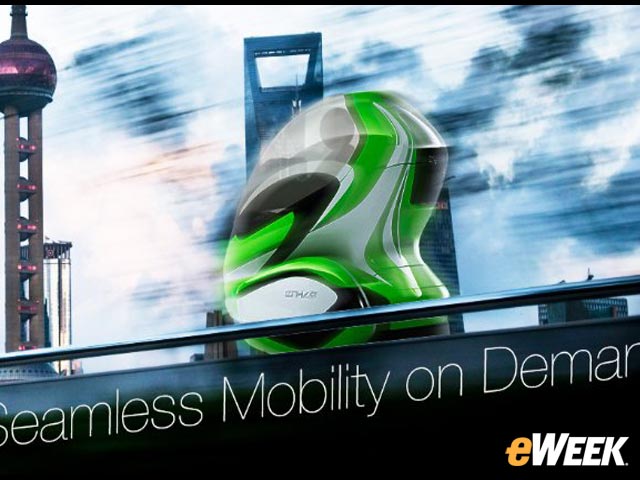 |
|
Software-Based Data Centers
These are not the
"software-defined" data centers that are being built all over the
world. Dell's idea is not to "define" them with software running
older applications; Dell is flat-out controlling even newer data
centers with completely rewritten software. More and more
functions that required specialized separate boxes—such as routing
and switching—are becoming software and being converged into
servers. Dell, not previously known for software development
innovation, is working on these new software projects in several
locations—mainly in what was formerly Quest Software in Aliso
Viejo, Calif.
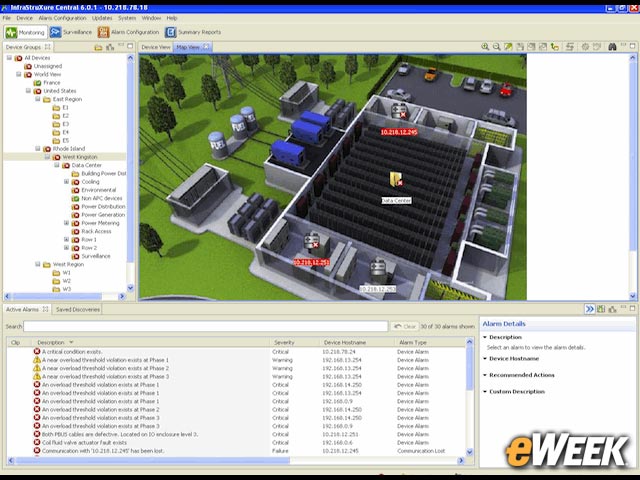 |
|
High-Velocity Cloud
Faster, smarter,
better: This software project optimizes standard servers for
high-performance packet processing and enables up to a 20x
improvement in the capability of virtualized standard servers to
handle network-intensive functions.
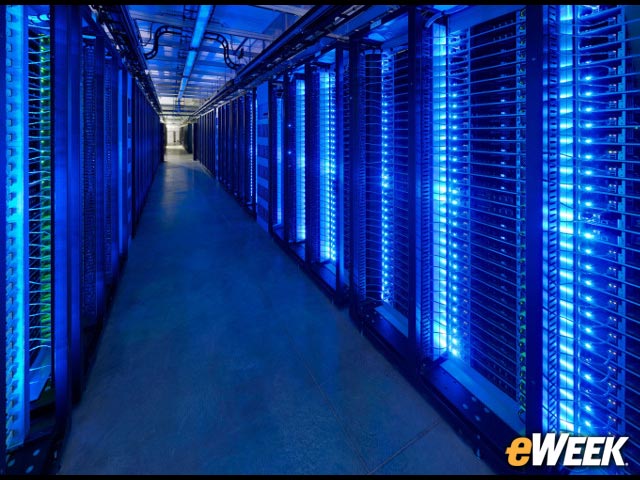 |
|
What Dell Is Planning This Year and
Next
According to Menon, by
the end of 2015, the bring-your-own-device (BYOD) phenomenon will
be generally accepted by enterprises and will stop being fought by
C-level and IT executives. Thus, the focus will shift to improving
usage of personal devices in the workplace. This is already being
productized elsewhere, and Dell is also working on it. By 2016,
Menon said, the IoT will fuel an explosion of Internet-connected
devices that will create both new challenges for developers and
opportunities for enterprises of all types. Dell is well aware of
this potential market.
 |
|
Looking Out at 2017 and 2018
Menon said that by
2017, data protection will evolve beyond leakage protection and
move into more proactive approaches. Also by 2017, next-generation
nonvolatile memory will arrive to boost servers and storage to new
levels of efficiency. Menon, whose background is in storage, is
particularly interested in that development. By 2018, user
interfaces will evolve to determine more about user intent (see
Slide 3), and security will shift from reactive to predictive and
become context-aware. Some of these capabilities are available
now, but they are still in the early stages.
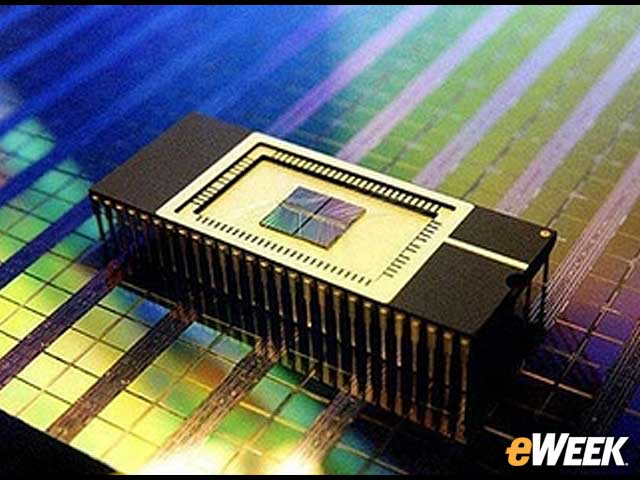 |
|
What We Will See in 2019 and 2020
By 2019, Menon says,
cloud security will be strengthened greatly by homomorphic
encryption. Homomorphic encryption is a form of encryption that
allows computations to be carried out on ciphertext, thus
generating an encrypted result that, when decrypted, matches the
result of operations performed on the plaintext. It's complicated!
By 2020, specialization via software will replace customized
hardware; analytics will evolve from descriptive to predictive to
prescriptive; and real-time data analytics will be seamlessly
integrated into business processes.
 |
Chris Preimesberger was named Editor-in-Chief of Features & Analysis
at eWEEK in November 2011. Previously he served eWEEK as Senior
Writer, covering a range of IT sectors that include data center
systems, cloud computing, storage, virtualization, green IT,
e-discovery and IT governance. His blog, Storage Station, is
considered a go-to information source. Chris won a national Folio
Award for magazine writing in November 2011 for a cover story on
Salesforce.com and CEO-founder Marc Benioff, and he has served as a
judge for the SIIA Codie Awards since 2005. In previous IT journalism,
Chris was a founding editor of both IT Manager's Journal and DevX.com
and was managing editor of Software Development magazine. His diverse
resume also includes: sportswriter for the Los Angeles Daily News,
covering NCAA and NBA basketball, television critic for the Palo Alto
Times Tribune, and Sports Information Director at Stanford University.
He has served as a correspondent for The Associated Press, covering
Stanford and NCAA tournament basketball, since 1983. He has covered a
number of major events, including the 1984 Democratic National
Convention, a Presidential press conference at the White House in
1993, the Emmy Awards (three times), two Rose Bowls, the Fiesta Bowl,
several NCAA men's and women's basketball tournaments, a Formula One
Grand Prix auto race, a heavyweight boxing championship bout (Ali vs.
Spinks, 1978), and the 1985 Super Bowl. A 1975 graduate of Pepperdine
University in Malibu, Calif., Chris has won more than a dozen regional
and national awards for his work. He and his wife, Rebecca, have four
children and reside in Redwood City, Calif.Follow on Twitter:
editingwhiz

Property of Quinstreet Enterprise.
Copyright 2015 QuinStreet Inc. |